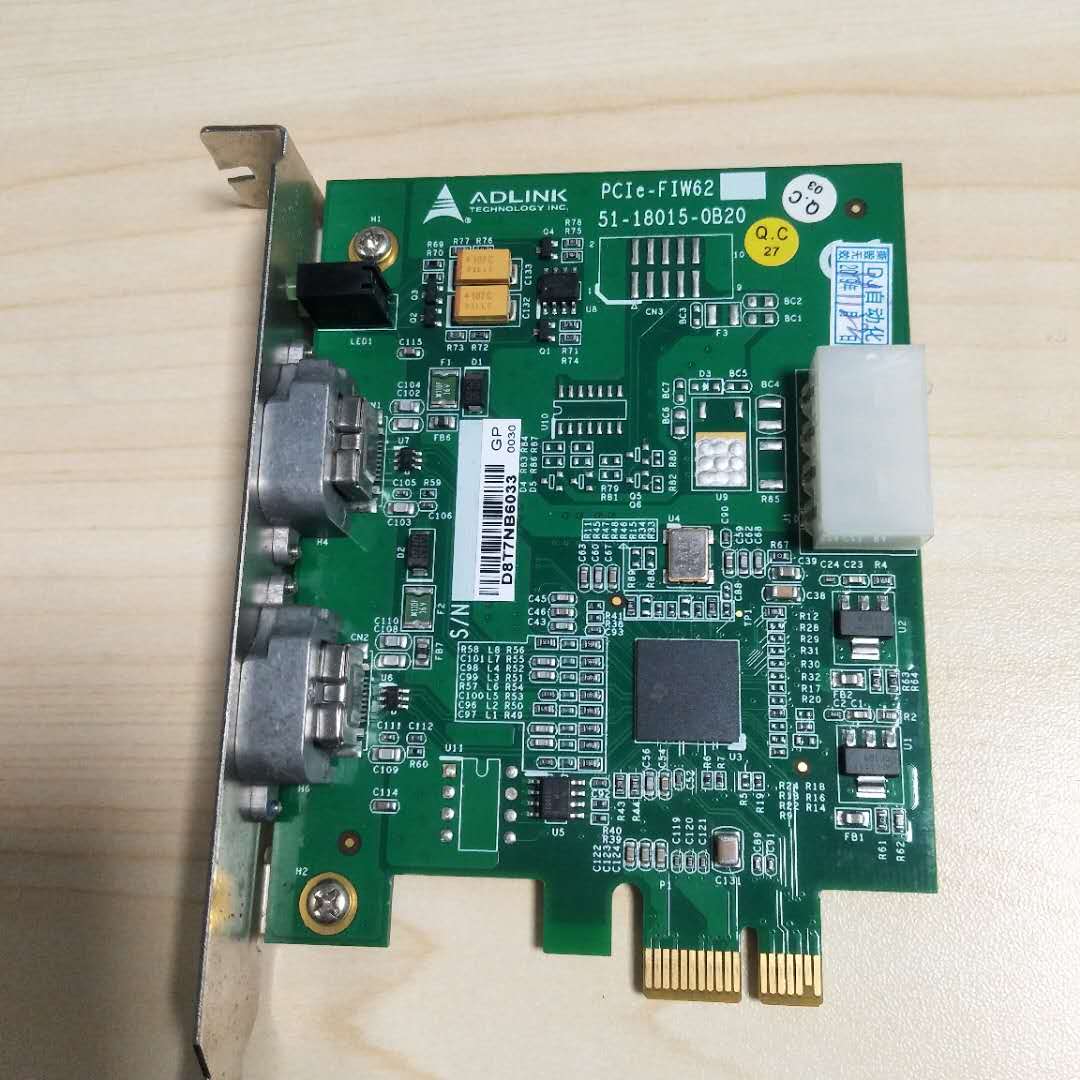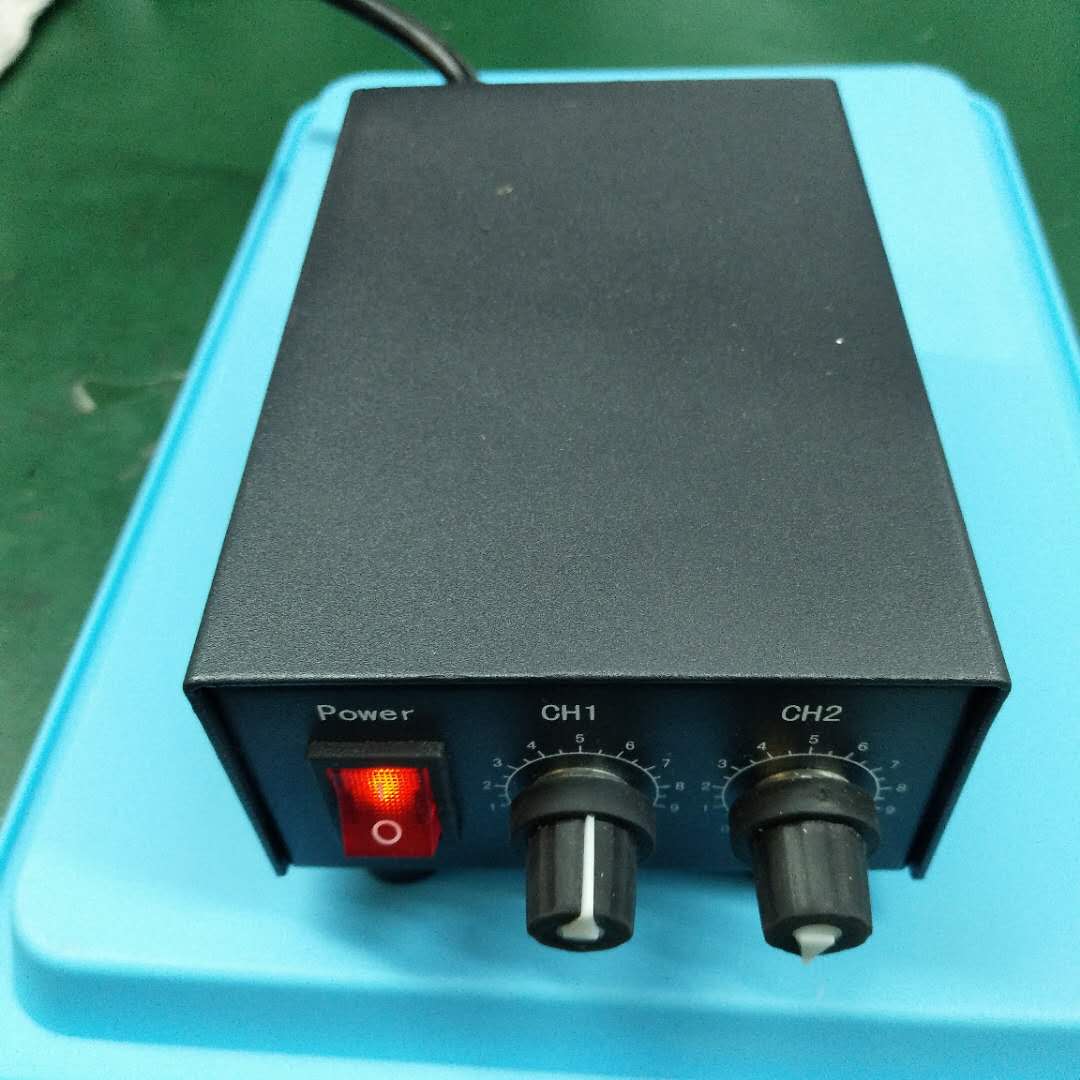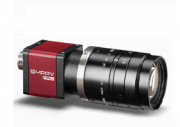[IEEE 1394]IEEE 1394: The Revolutionary High-Speed Data Tran
發布時間:2023-11-21
With the rapid advancement of technology, the need for faster data transfer has become a crucial aspect in various fields. The IEEE (Institute of Electrical and Electronics Engineers) 1394 standard, also known as FireWire, has emerged as a remarkable solution to this demand. This article explores the details, advantages, and applications of the IEEE 1394 technology.
IEEE 1394 is a high-speed serial bus interface primarily designed for multimedia and digital audio/video applications. It was first developed by Apple Inc. in the late 1980s and later adopted as an international standard by the IEEE. The technology provides a reliable and efficient way to connect electronic devices, enabling them to communicate and transfer data at incredible speeds.
One of the key advantages of IEEE 1394 is its remarkable data transfer rate. It supports data rates of up to 400 megabits per second (Mbps) for the original version, commonly referred to as FireWire 400. However, with subsequent revisions, such as FireWire 800 (800 Mbps) and S3200 (3.2 gigabits per second), the technology offers even faster speeds. This makes it ideal for transferring large files, such as high-definition videos, in a matter of seconds.
Another significant advantage of IEEE 1394 is its ability to provide real-time data transfer. Unlike USB (Universal Serial Bus), which is quite popular but fails to guarantee real-time data transfer, IEEE 1394 ensures high-performance, uninterrupted communication. This feature makes it highly suitable for multimedia applications, where the timing and synchronization of data are of utmost importance.



In conclusion, IEEE 1394 is a revolutionary high-speed data transfer technology that offers remarkable advantages over other interfaces. Its incredible speed, real-time data transfer capability, hot-swapping, and daisy-chaining features make it a preferred choice for multimedia applications and beyond. Whether in the world of professional audio and video editing or in the medical and aerospace industries, IEEE 1394 has proven to be an indispensable tool for efficient and reliable data transfer.
 深圳市得特佳自動化科技有限公司
深圳市得特佳自動化科技有限公司